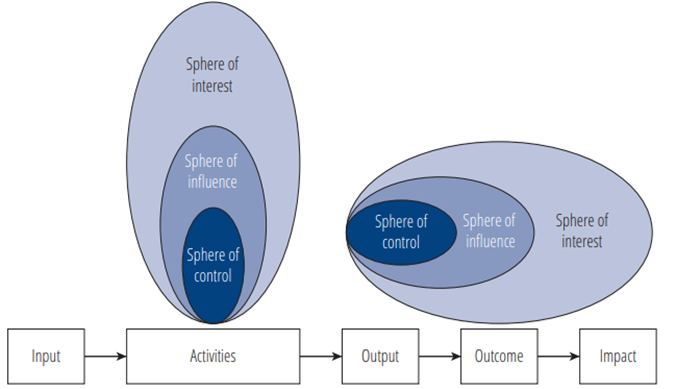Demonstrating the impact of research is complicated, and that is precisely the starting point for the inaugural lecture of Harry van Vliet, professor of Impact of Practice-based Research at the Amsterdam University of Applied Sciences (AUAS).
In the speech The Preview: on impact and valorisation, Harry van Vliet unravels this difficult task based on five issues. To start with, he questions the dominant answer to that complexity: namely, that we pass on knowledge like a relay baton and somehow eventually manage to turn it into impact. This traditional belief needs to be taken apart, Van Vliet argues, and he wields the word ‘impact’ as a crowbar in this regard.
After all, as a 'contact sport', practice-based research contributes to society in many ways, including in particular in the process of conducting research. From direct interactions with stakeholders and professionalising researchers and students to working on small abrasive solutions that lead to change in a neighbourhood or at an institution.
According to the Standard Logic Model, valorization follows a linear pathway, where Research activities are followed by Output, Outcome and in the end, creation of Impact. First research is conducted, and then an application is sought (figure 1).

Figure 1. The Standard Logic Model (SLM)
In his inaugural lecture, Van Vliet argues that The SLM’s linear nature does not do justice to the complexity of how research takes place. We need to – and can – find a new way to determine how practice-based research contributes to change.
Practice-based research works together with the practical field, with knowledge development and sharing taking place during the research activities and even as early as research preparation in what is known as demand articulation. Interventions in and with practice already produce changes in knowledge, behaviour and attitudes, not only among researchers but also among stakeholders. By including stakeholders into the research activities from the very beginning, impact creation starts at day 1.

Figure 5. The second dimension of continuous effects
The full lecture is available here.





 A unique international forum for public research organisations and companies to connect their external engagement with strategic interests around their R&D system.
A unique international forum for public research organisations and companies to connect their external engagement with strategic interests around their R&D system.